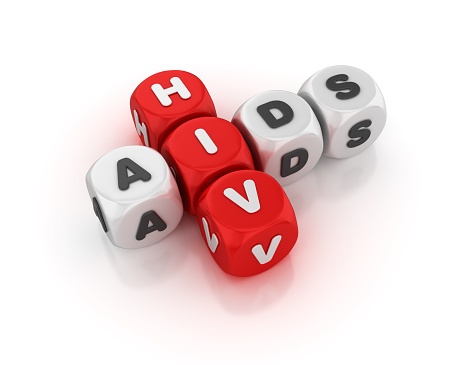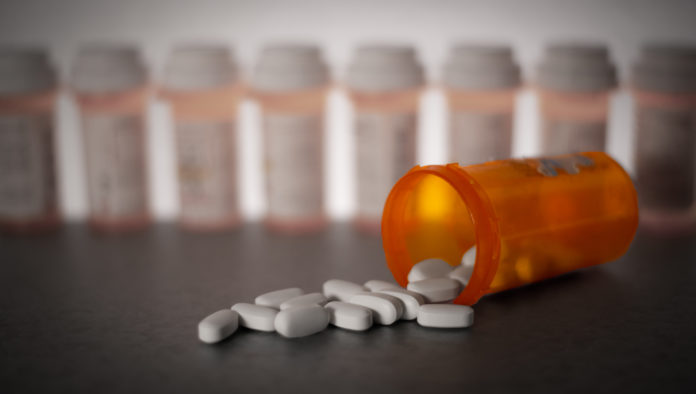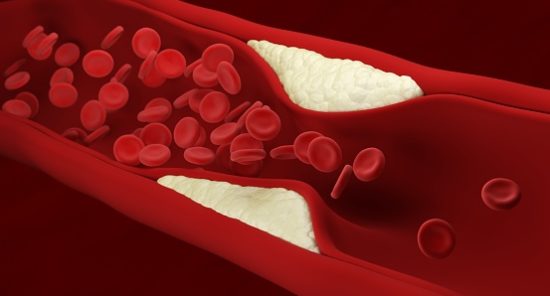In the TANGO trial, the two-agent regimen of dolutegravir/lamivudine (DTG/3TC) demonstrated similar long-term efficacy as continuing tenofovir alafenamide-based regimens in previously treated patients with human immunodeficiency virus (HIV)-1. Following that, researchers in the SALSA study, led by Josep M. Llibre, evaluated the safety and effectiveness of switching to DTG/3TC versus continuing a current antiretroviral regiment (CAR) of three or four drugs. Their report, published in Clinical Infectious Diseases, found that switching to DTG/3TC was comparable to continuing CAR, consistent with the results from the TANGO study.
A total of 493 adults with HIV-1 (RNA <50 copies/mL) with no previous virologic failures were enrolled in the SALSA study. The participants (39% women, 39% aged ≥50 years, 19% African American/African heritage, 14% Asian) were randomized 1:1 to receive once-daily fixed-dose combination DTG/3TC or to continue previous CAR therapies. The primary endpoint was the proportion of patients with HIV-1 RNA ≥50 copies/mL at the 48-week timepoint.
According to the report, one participant in the DTG/3TC group (0.4%) and three participants in the CAR group (1.2%) had HIV-1 RNA ≥50 at week 48, which the authors advanced as evidence of the non-inferiority of DTG/3TC (adjusted difference, –0.8%; 95% confidence interval [CI], –2.4% to 0.8%). Additionally, the authors noted that “zero participants met confirmed virologic withdrawal criteria; therefore, no resistance testing was performed.” Drug-related adverse events over the 48 weeks were more frequent in the DTG/3TC group (20%) than in the CAR group (6%). However, according to the investigators, the rate was comparable after week 24 (5% vs. 2%). Lastly, the team noted that “proximal tubular renal function and bone turnover biomarkers improved with DTG/3TC.”
The study’s collaborators judged that DTG/3TC was non-inferior to continued CAR for maintaining virologic suppression in patients with HIV-1, without resistance concerns, “supporting the efficacy, good safety, and high barrier to resistance of DTG/3TC,” the report closed.
Source: https://academic.oup.com/cid/advance-article/doi/10.1093/cid/ciac130/6541246?login=false









